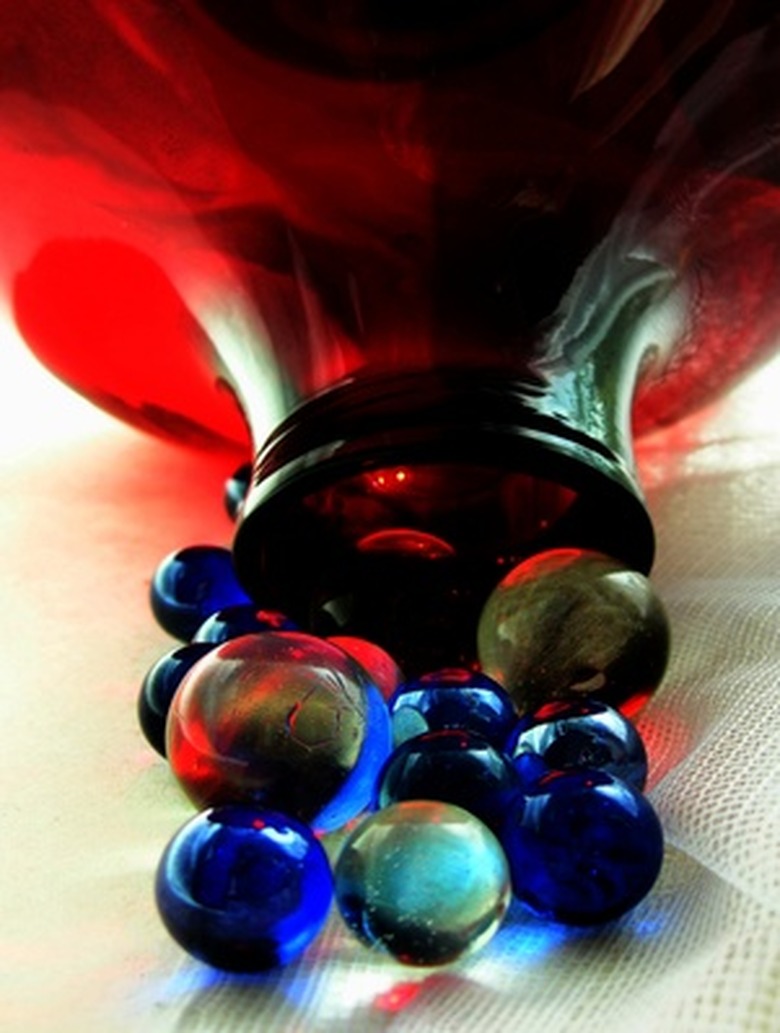How To Make A Sodium Silicate Solution
Sodium silicate, also known as "liquid glass," as a versatile and widely used solution. Sodium silicate is known as liquid glass for good reason: When the water it is dissolved in evaporates away, the sodium silicate bonds into a solid sheet of glass. Heat tempering makes the silicate patch harder, but the solution can still be used for fireproofing wood and stain-proofing concrete if applied and allowed to dry at room temperature.
Step 1
Bring purified water to a low simmer (approximately 175 degrees) on an electric stove.
Step 2
Stir sodium silicate powder into hot water with a long-handled metal spoon. Continue stirring until the powder is completely dissolved.
Step 3
Remove solution from heat and allow it to cool to room temperature. Stir solution every five minutes.
Step 4
Pour solution into a plastic container as soon as the solution cools, and seal it up.
Things Needed
- 1 pint (16 oz.) sodium silicate powder
- 24 oz. purified water
- Metal spoon
- Nitrile rubber gloves
- 40-oz. sealable plastic container
TL;DR (Too Long; Didn't Read)
This recipe is scalable to any amount of sodium silicate solution. The basic proportions are 4 parts sodium silicate powder to 6 parts water.
Pour the solution into your plastic container and seal it as soon as possible. Sodium silicate solution degrades rapidly in the presence of oxygen.
Warning
Sodium silicate is extremely dangerous if mishandled, so you should never handle dry or aqueous sodium silicate without protection. Dry sodium silicate is extremely corrosive, and aqueous solutions can easily penetrate the skin. If the solution penetrates your skin, it will dry inside the top layer and "petrify" it.
Cite This Article
MLA
Rowe, Richard. "How To Make A Sodium Silicate Solution" sciencing.com, https://www.sciencing.com/make-sodium-silicate-solution-6550183/. 24 April 2017.
APA
Rowe, Richard. (2017, April 24). How To Make A Sodium Silicate Solution. sciencing.com. Retrieved from https://www.sciencing.com/make-sodium-silicate-solution-6550183/
Chicago
Rowe, Richard. How To Make A Sodium Silicate Solution last modified March 24, 2022. https://www.sciencing.com/make-sodium-silicate-solution-6550183/
